How To Create My Own Ecommerce Website
Today, online spending is a force to be reckoned with as shoppers prioritize convenience and customization over brick-and-mortar customer service. In fact, the total value of online purchasing broke $600 billion in 2019 and ecommerce now accounts for 16% of all retail sales. With this uptick comes greater expectations among customers — ecommerce shoppers want real-time customer service, mobile-optimized experiences, and personalized buying experiences. What does all of this mean for your business? Well, it's not enough to simply build an ecommerce website. Rather, you need to build an ecommerce website and experience that's memorable and delightful if you want to attract qualified leads, drive ongoing interest, and boost conversions. In this guide, we'll cover everything you need to know about great ecommerce website design to help you do just that. An ecommerce website is an online shopping and purchasing portal for your business. It provides visitors with the ability to easily find products they're looking for, reach out to customer service for help while browsing your products or services, and complete purchases all without leaving your website. Ecommerce websites have many of the same requirements as websites that don't include online stores including the need for a hosting provider, content management capabilities, and regular updates. Meanwhile, some of the features that make ecommerce sites unique include: Product and pricing pages so your customers can browse, search for, learn about, and identify the products or services you sell. On-demand support for visitors to get the help they need while considering whether they want to convert. Today, ecommerce sites typically have multiple options for support including live chat, FAQ pages, community forums, and email and phone support. Streamlined shopping carts so visitors can, with minimal effort, add items to their carts as well as view and edit their carts. Secure payment for customers to safely enter credit card, shipping, and billing details to complete their purchases (many hosting providers now offer SSL encryption and HTTPS protection to ensure transmitted data is secure, too). Simply, potential and current customers should be able to efficiently find everything they need to learn about, evaluate, and purchase your product or service on your site. Next, let's review some design tips to help you enhance your ecommerce site's look, feel, and UX. To ensure your ecommerce website delivers exactly what it needs to for your visitors, follow these four design principles. Compelling stories and well-written content that incorporate your brand's message while highlighting the features of your product or service are critical when trying to capture the interest of your target audience. This will help you stand out among your competitors and ensure you ecommerce site's content is memorable. In addition to compelling content, implement a beautiful and consistent design throughout your ecommerce site. Think about your colors, fonts, as well as pricing, product, and checkout pages. Remember, design consistency is key here (similar to the importance of consistency throughout all of your marketing efforts). Pre-made templates from popular ecommerce website builders (which we'll cover in the next section) can help ensure your design complements your delivery and brand. A clear site structure is integral to the success of your ecommerce business. If users can't immediately find what they're looking for, they'll most will likely abandon your site. To do this, implement a clean and streamlined navigation so visitors can easily view site pages, their shopping carts, customer support offerings, and more. All websites today, ecommerce or not, should be search engine optimized. This means your site is optimized in a way that makes it more likely to appear at the top of the search engine results page (SERP) for words, phrases, concepts, and content that you specialize in. This helps boost your organic traffic, brand recognition and awareness, conversions, and more. If you're looking for a website builder, you have many options. Here's a look at some of the most-popular ecommerce website builders: If you're already running a WordPress site and don't love the thought of starting over, WooCommerce can help. This ecommerce plugin lets you design and deploy great themes and templates and offers a host of extensions — such as HubSpot's WooCommerce integration for marketing automation, CRM, abandoned cart, and more. Even better? WooCommerce is a plugin that can be added to your site for free. 2. Shopify Ecommerce Website Builder One of the most-commonly used ecommerce website builders is Shopify. With tools to help you choose the right business name and the ability to register domains to a single dashboard for managing your online orders, Shopify has you covered. Pricing starts at $29 per month for the Basic Shopify package and increases to up to $299 per month for the Advanced Shopify package, which is ideal if you're looking to scale up existing sites. Wix is an all-in-one ecommerce website builder that lets you fully customize your site, create a responsive design, and add advanced features to your site including blogs and online booking tools. While the basic Wix offering is free, you can upgrade to other plans, such as Unlimited ($14/month) which includes unlimited bandwidth and 10GB of storage. Squarespace makes it easy to look like an expert from the beginning. Simply choose a template, start a free trial, and get building — use powerful CMS tools to add your own text, logo, and photos. Then choose from hundreds of fonts, colors, and stock images to design your site. Personal plans start at $12 per month and include a free custom domain, while Advanced Commerce plans cost $40 per month and feature fully-integrated ecommerce tools, website analytics, and point-of-sale (POS) transactions. Building with Weebly starts with step-by-step guidance on creating and launching your website. Then, customize your site with Weebly's free website builder — deploy shipping, payment, and inventory management tools to make your life easier. You can also feature customer reviews to showcase what sets your site apart. Connect to a custom domain and get SSL security for $7 per month with Weebly's Personal plan, or upgrade to Professional for $15 per month to get unlimited storage and a shipping cost calculator. The right ecommerce website makes all the difference in driving customer interest and conversions. Achieve a delightful ecommerce experience for visitors by using the tips we covered above as well as applying one of the ecommerce site builders we reviewed to help you along the way. Editor's note: This post was originally published in March 2020 and has been updated for comprehensiveness. 
What is an ecommerce website?
Ecommerce Website Design
1. Create compelling content.
2. Implement a beautiful and consistent design.
3. Maintain a clear website structure.
4. Focus on search engine optimization (SEO).
Best Ecommerce Website Builder
1. WooCommerce Ecommerce Website Builder
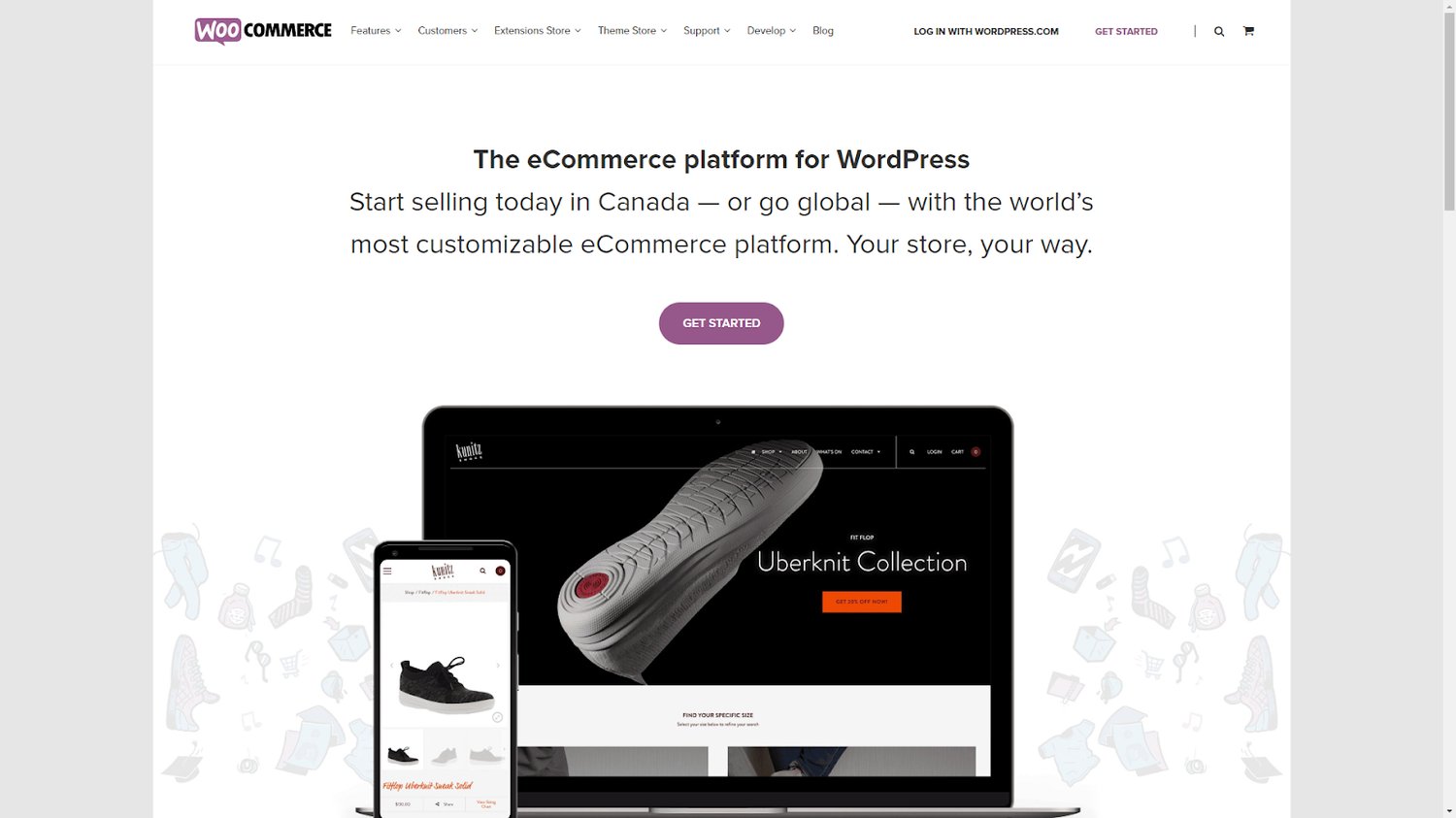
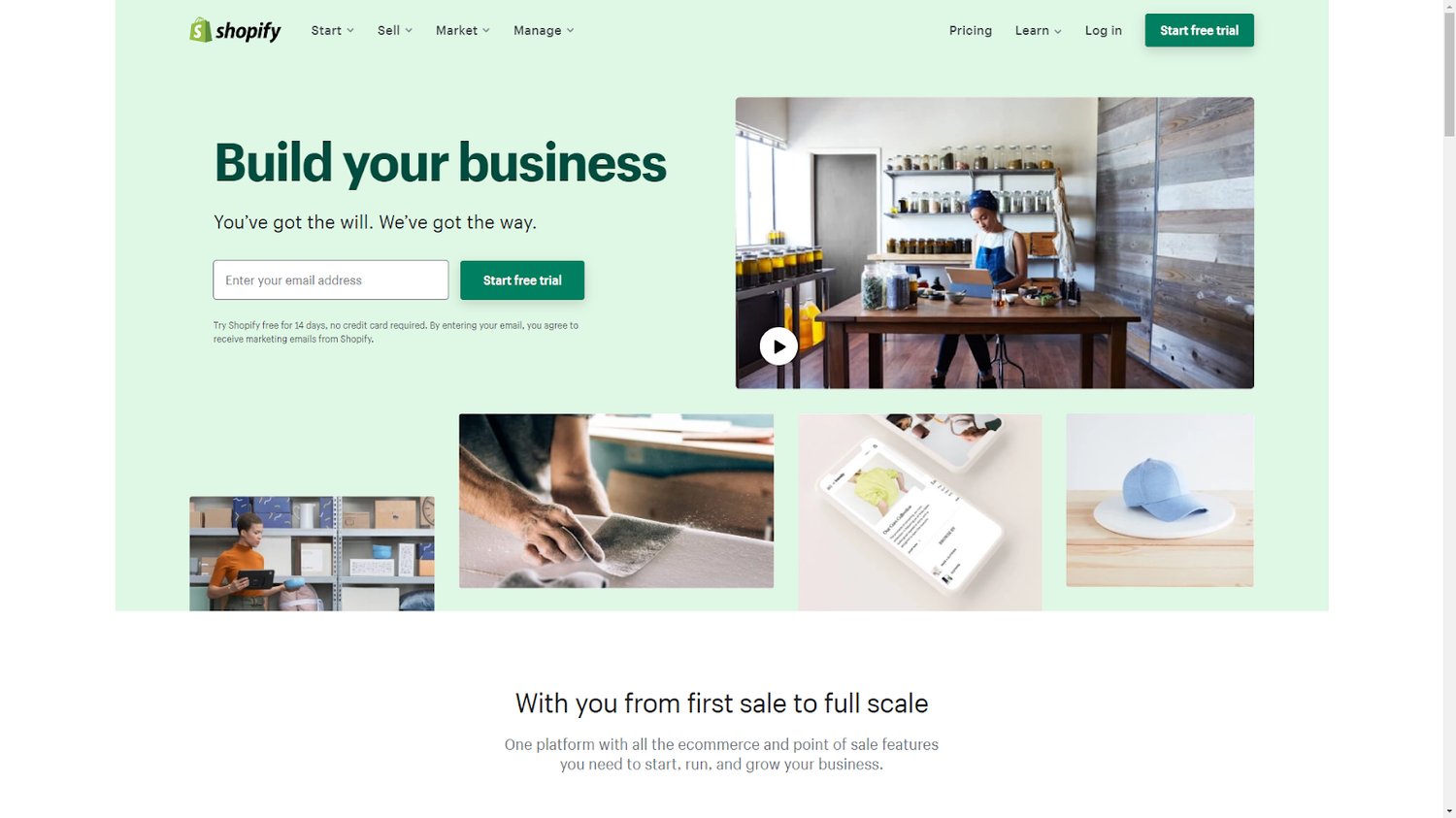
3. Wix Ecommerce Website Builder
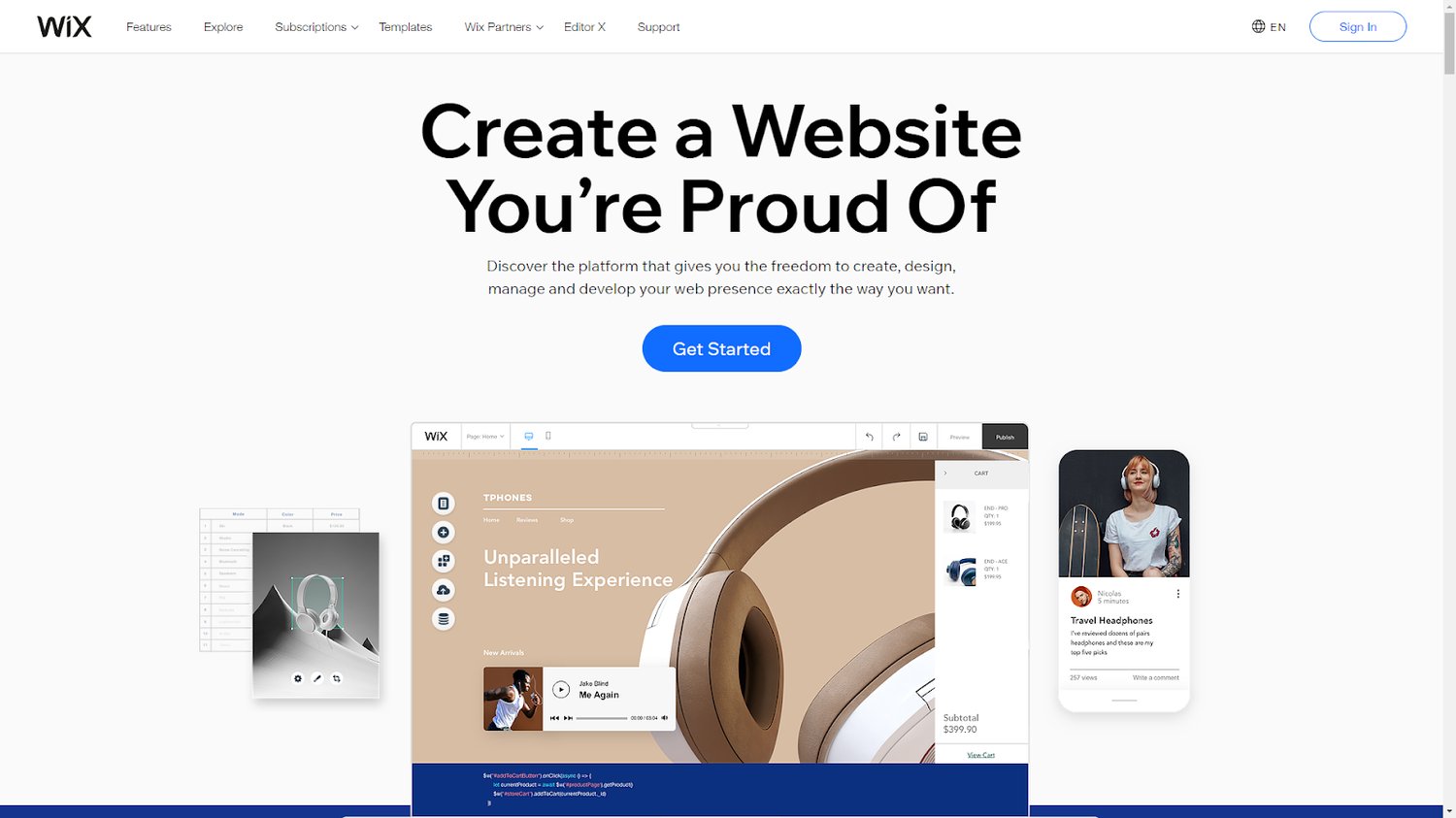
4. Squarespace Ecommerce Website Builder
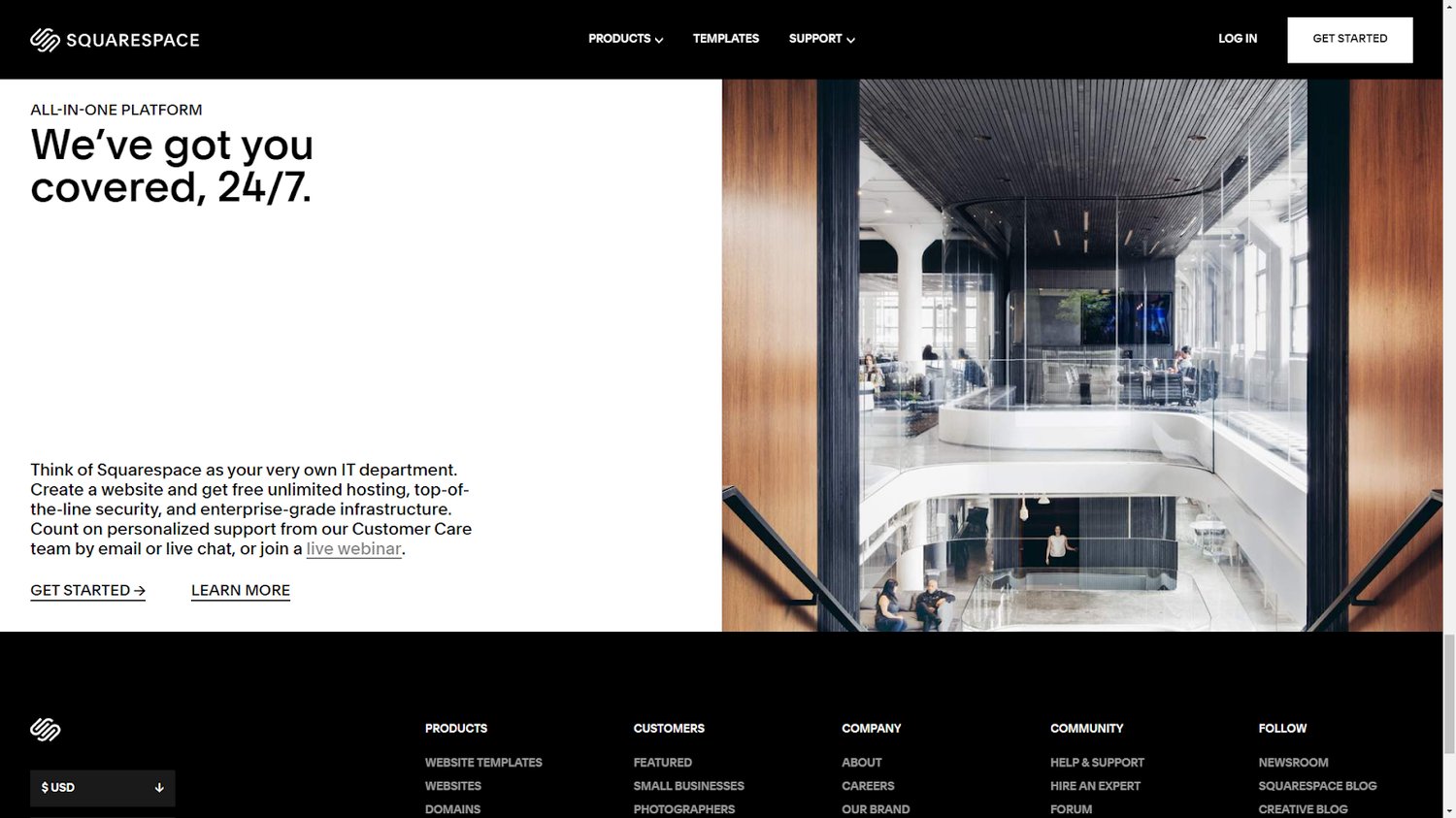
5. Weebly Ecommerce Website Builder
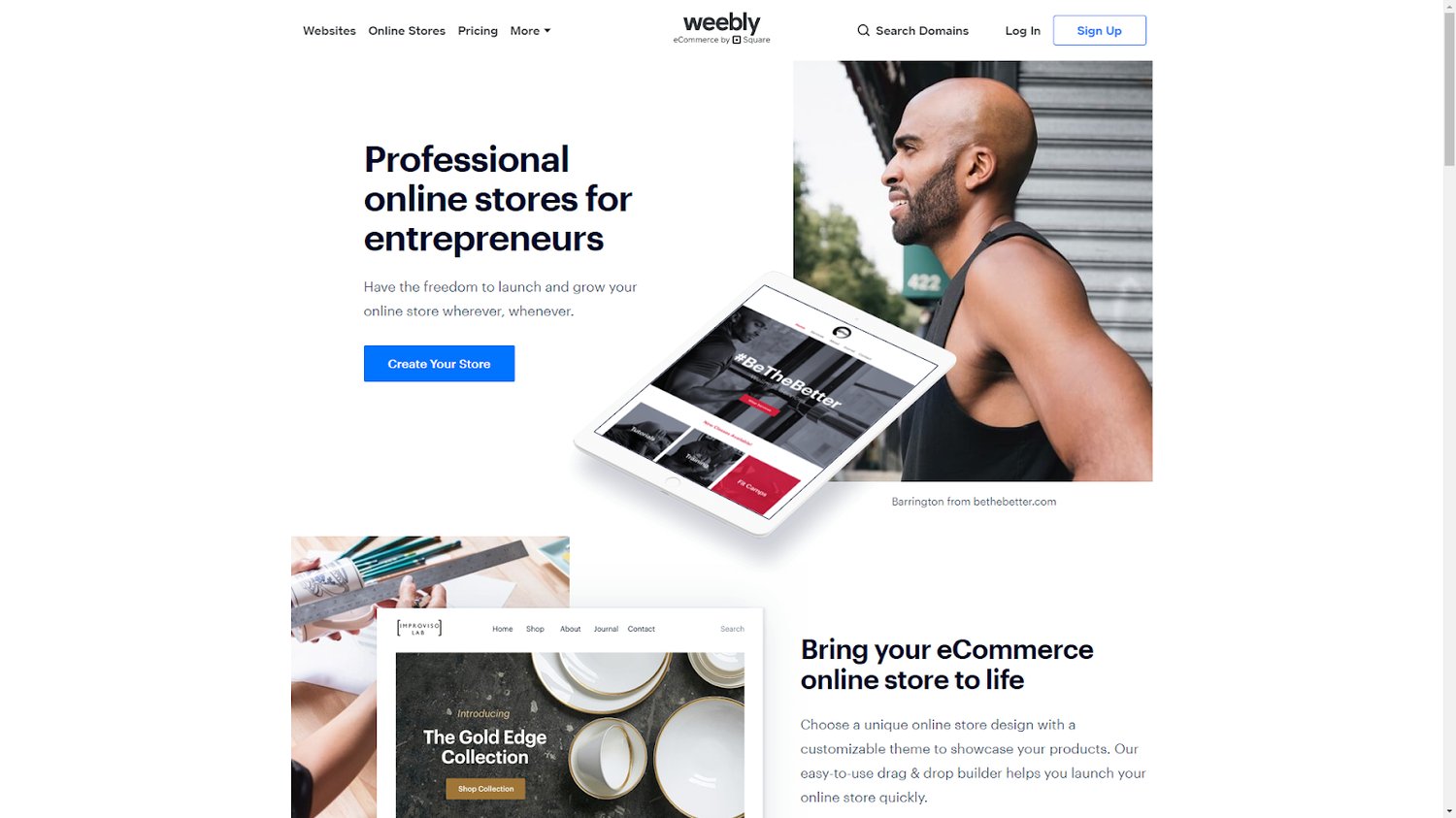
Build Your Ecommerce Website


Originally published Oct 15, 2020 6:15:00 AM, updated October 15 2020
How To Create My Own Ecommerce Website
Source: https://blog.hubspot.com/website/ecommerce-website
Posted by: kellyanowbod1944.blogspot.com

0 Response to "How To Create My Own Ecommerce Website"
Post a Comment